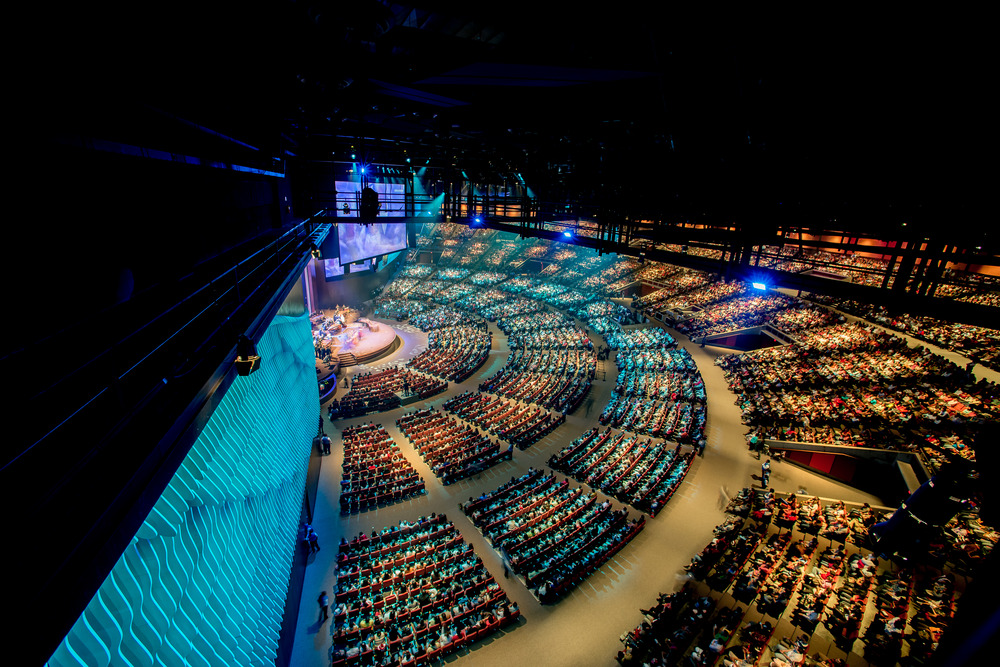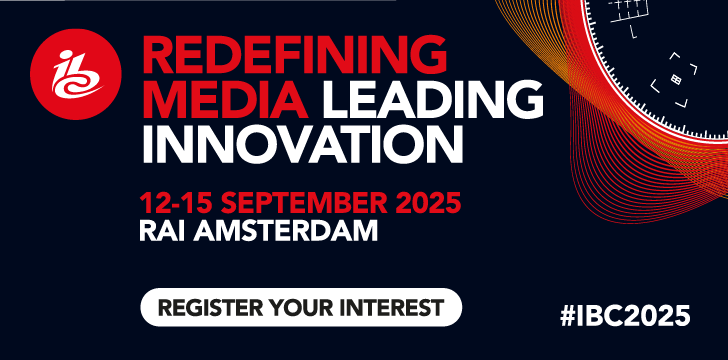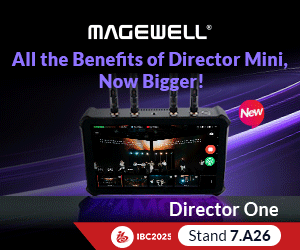
Digital signage power draw can be a costly energy expense. The most sure-fire way to cut cost and energy consumption is by powering down at the branch circuit level with a web-enabled power control solution.
By Mark Bishop
Digital signage is many things: an eye-catching canvas, a hub of interactivity, an essential conveyor of information, and — according to AVIXA’s Industry Outlook and Trends Analysis (IOTA) (https://www.avixa.org/market-intelligence/IOTA )— one of the largest solution areas in the pro AV industry. The IOTA projects digital signage will have a revenue growth of $35 billion this year, increasing to $44.7 billion by 2026. While the central focus is on King Content, we also live in an energy-conscious world. As organizations deploy an army of digital signage displays within a building to suit their application needs, there will be a subsequent and noticeable increase in their energy costs. What’s the best way to tame the power draw from these new investments? Effective and efficient web-enabled power control and management.
A Common Misconception
One misconception on how to manage energy consumption of an LED screen is by turning it off. If it were only that easy. The assumption is that by simply flipping the power switch and powering down the screen or putting it into power-saving mode, users have done all they can do to cut energy costs. However, electricity is still flowing, even if there’s nothing showing on the screen. This is what’s called standby or vampire power.
One way to test this is by touching the back of the screen. They will feel warm because where there’s heat, there’s energy. And right now, it’s awaiting the next command. That heat is not only significant because a sign that’s it’s drawing energy and adding to utility costs, but also because its literally burning through its life expectancy.
How much does vampire energy cost? This can be calculated with some simple math: (Standby energy consumption) X (Standby Hours/Week) X (52 week) X (kWh cost) / (1000). The kilowatt hour (kWh) will vary by location. Chicago, for example, costs 12.6 cents per kWH. New York City, on the other hand, has a kWh that averages around 24.9 cents This means that New York — a mecca of tourism and thereby a place where wayfinding naturally lends itself to needing more digital signage screens — could stand to save a lot more by slashing their energy consumption when compared to deployments in Chicago, a city that is geographically much larger than the City That Never Sleeps.
In addition to the more obvious costs associated with 24/7 power going to the screen, the heat the screens are generating is also adding to utility costs. That’s because that heat is telling the building’s HVAC system to kick on and cool things down. There’s a calculation for that too, simply calculate the BTUs per a watt. One watt is the equivalent of 3.412 BTU/hr, and 12,000 BTU equals 1 Ton of air conditioning (HVAC).
What’s the Solution?
Certainly, just unplugging everything is an option. But that’s not a feasible solution for video walls or multiple screens mounted all over a building, or in a sanctuary. Thankfully there are power control systems designed to power and protect screens at the circuit level. A power control system works by opening the electrical circuit and killing power to each connected device downstream, eliminating the taxing costs of standby power.
A remotely controlled circuit breaker solution enables automation that extends well beyond the monetary benefits when used in digital signage applications. The first benefit is that it provides proper sequencing. LED video panels pull a substantial amount of inrush current, which can lead to nuisance trips and damage electronics. Automated sequencing mitigates this risk. The other benefit is remote reset. Displays today have a processor in it, and just like a computer, it can lock up and require a hard reset by completely killing power to the display. A power control panel can give organizations the ability to reset the processors periodically by cycling the breakers automatically or can enable the breakers to be controlled and reset remotely over a network. Finally, as mentioned above, it helps to cool down the heat monster that’s known to shorten the life of displays. By cycling off breakers when the display is not in use, organizations can lower maintenance costs and extend the life of the display or video.
LynTec’s patented, award-winning RPC Series of advanced self-contained controllable breaker panels and its RPCR Series of controllable relay panels all deliver easy remote setup, control, and monitoring. With web-enabled control and monitoring, they allow remote operation of up to 168 motorized circuit breakers – or up to 12 breaker group zones – using a single controller. Their built-in browser interface makes it simple to control and monitor the system from any remote location via smart phone, tablet, or laptop. And their new programmable software platform includes built-in scheduling along with sequencing and voltage protection that can be customized for optimal power management. Further, it grants flexible lighting and AV control across multiple control zones and multiple control protocols, including HTTP, Telnet, sACN, DMX, RS-232, or contact closure control systems. From LynTec’s GUI, users can select the protocol for each zone as well as set up, troubleshoot, control, and monitor the status remotely across existing networks from any connected computer or hand-held smart device. The system also can send alert notifications via text or email to warn of panel anomalies.
Does the cost of such a system really save that much money? In short: yes. Typically, adding power control to a project typically adds 3% to 4% to the system costs — a small amount compared to the year-over-year utility savings.
What are the Options?
When it comes to smart power control and distribution solutions there are a number of options ranging in sizes, configurations, and control features. Some solutions are more cost-effective than others. For new builds, a motorized circuit breaker will reduce the need for secondary relay panels by adding control inside, which is required regardless by code. Where there’s an existing electrical system, integrators can save money with a relay-based system that either hangs on the wall or tucks into an AV equipment rack. These compact and pre-wired solutions are less expensive than a full-scale circuit breaker panel and may not require electricians. In addition to saving on the cost of a relay panel, it saves on conduit, wiring, and electrical contractor’s labor.
Digital signage is glamorous and incredibly useful for the worship community . When it’s paired with a power control system, organizations can rein in the associated costs that can quickly spiral out of control with each new screen deployed. Standby mode should be just that: ready if absolutely needed. If you want to really power down a display, a web-enabled, remote controlled solution truly lowers energy costs in countless ways and prolongs the life of each display for a much stronger, longer TCO.
Mark Bishop is the president of LynTec





